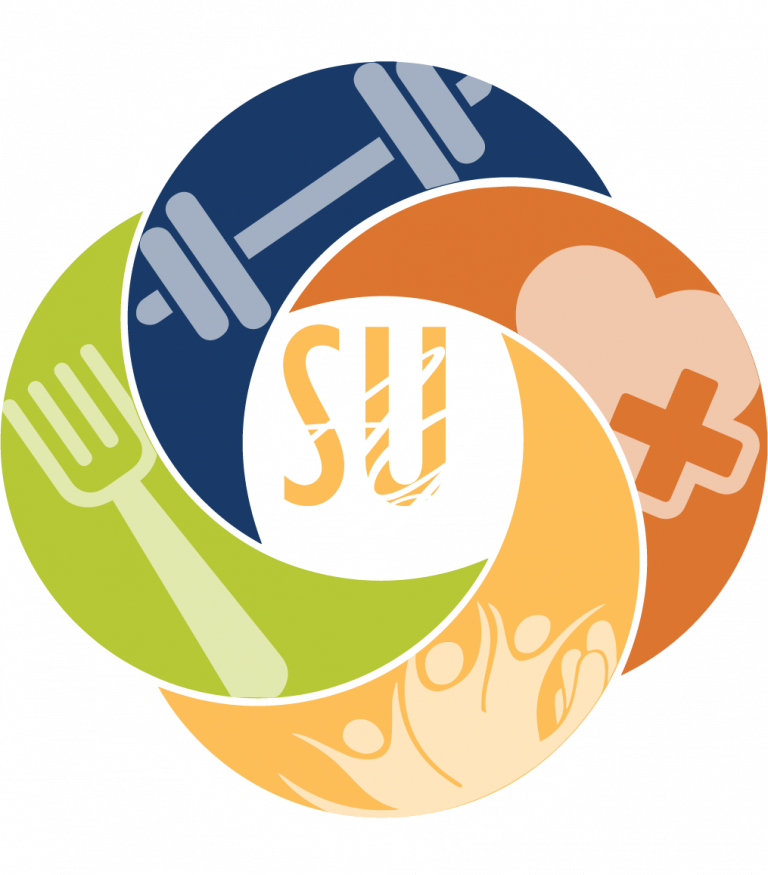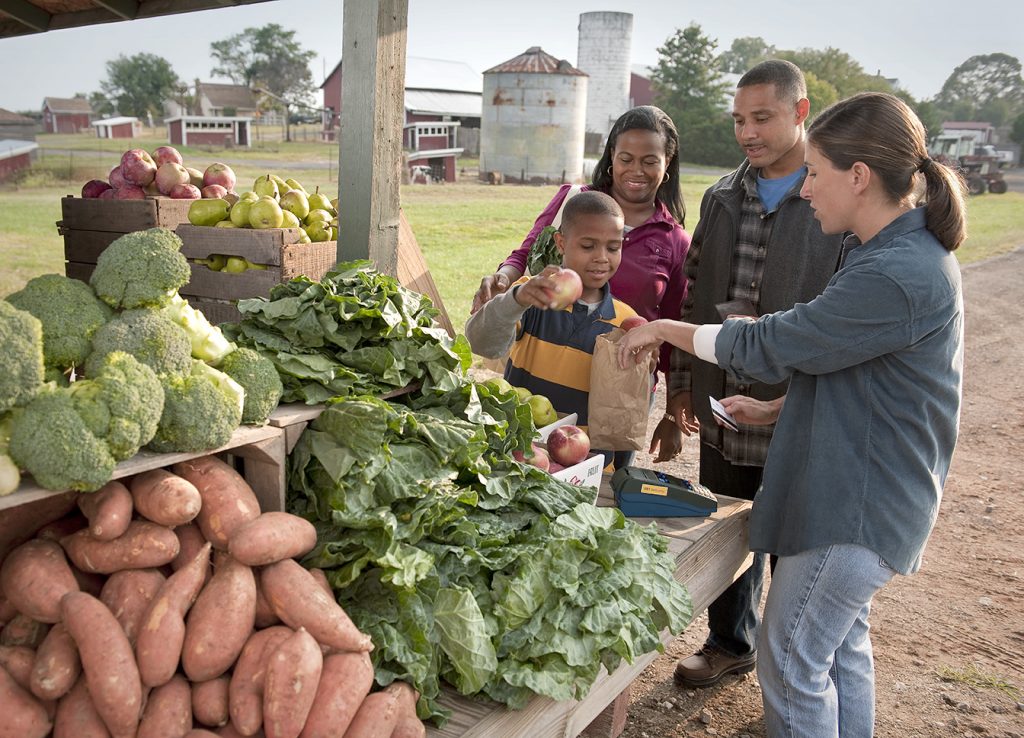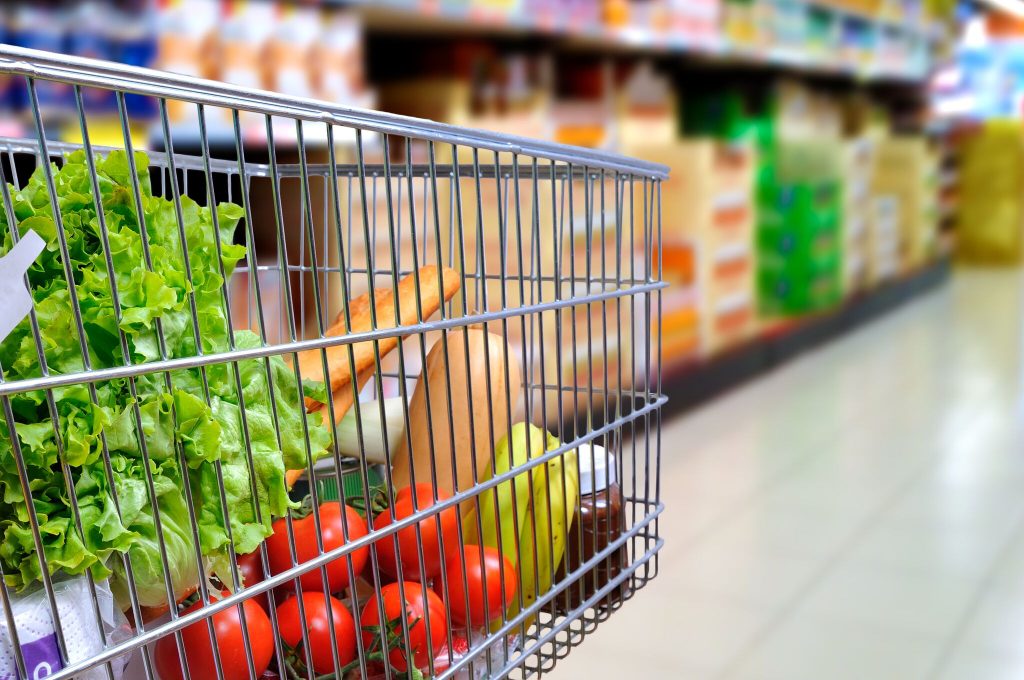Fruits & Vegetables
Find fruits and vegetables in the produce section, frozen foods and in the canned and pantry food aisles. Compare prices to find the best buys.
- Buy “in season” produce. They are usually less expensive and are at their peak flavor. Buy only what you can use before it spoils.
- Try buying canned. Choose fruit canned in 100% fruit juice and vegetables with “low-sodium” or “no salt added” on the label. These products are just as nutritious as fresh, and often cost less.
- If you have the freezer space, buy frozen vegetables without added sauces or butter. They are as good for you as fresh and may cost less.
- Canned and frozen fruits and vegetables last much longer than fresh and it’s a quick way to add fruits and vegetables to your meal.
- For a great resource on selecting healthy and affordable produce, take a look at Smart Shopping for Veggies and Fruits.






